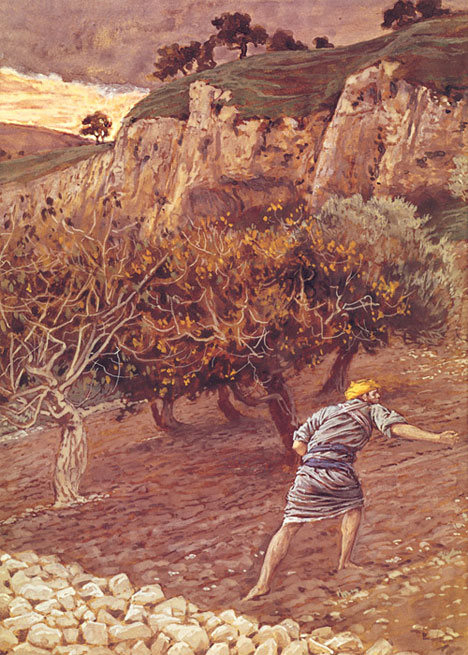True Colours
Joel McDurmon has an excellent rundown on the first century context of Jesus’ parables:
…The separation of wheat and tares, then, pertained to the destruction of Jerusalem and the separation of God’s true fruit-bearing people from the weeds, the unbelieving Jews of that time. Ironically, this interpretation gets to the heart of the picture in the parable.
A “tare” was not simply any old weed, but a particular weed called a “darnel” or zizania in Greek. It looked almost exactly like wheat in early stages of growth and required close examination to tell the difference. In later stages, the difference grows clear, but then it is too late to remove the darnel without damaging the wheat (as the parable says). Worse yet, the darnel kernels are poisonous, causing dizziness, sickness, and possibly even death when eaten. In short, they could look like the real thing, but they were poison; and after a while, their true colors showed. This was exactly the story with the rebellious Jews. They looked like God’s people, but they were really the children of the enemy—they even killed God’s prophets (Matt. 23:30–39). And the longer history went on, the more their true nature as the children of wrath was revealed.
Thus the parable describes the then-soon-coming end of that old age and the destruction of its children, and the beginning of the gathering in of the true children of God’s kingdom. It should not be understood as teaching anything beyond this…
Joel McDurmon, Wheat, Tares, Mustard, Leaven.
See also Feasts in Matthew 13.


























